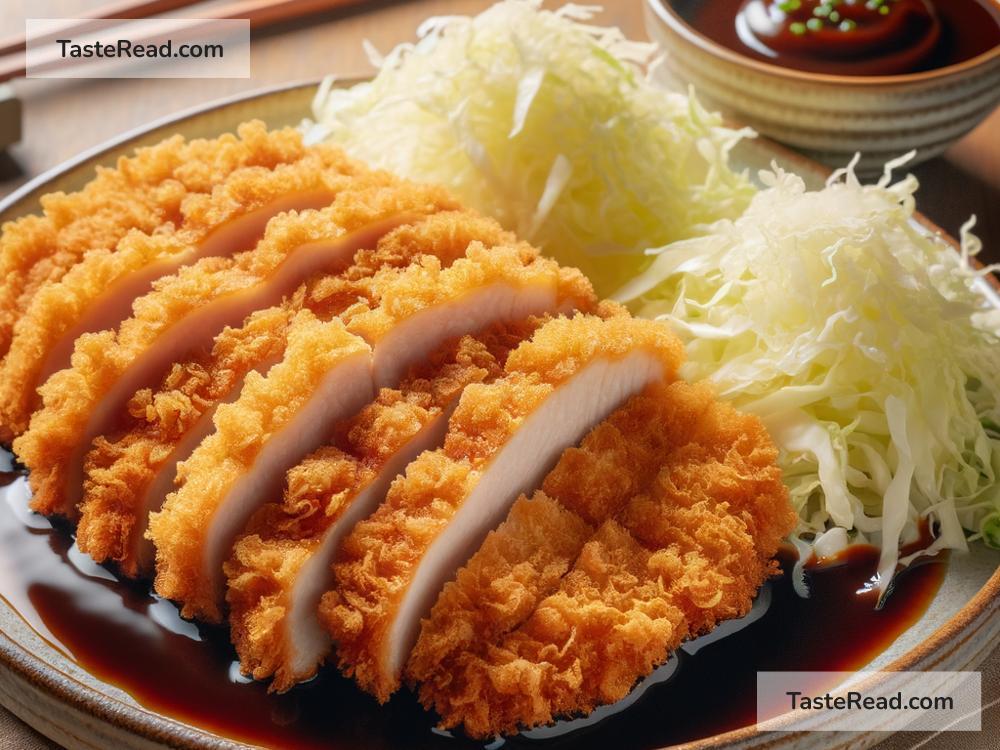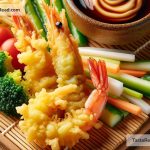Why Japanese Tonkatsu is a Crispy and Delicious Meal
Japanese cuisine is famous worldwide for its intricate flavors, decorative presentation, and healthy options. However, one dish that constantly makes waves for its sheer simplicity and mouth-watering taste is Tonkatsu. But what exactly is Tonkatsu, and why is it such a beloved meal in and outside of Japan? Let’s deep dive into the crispy, delicious world of this Japanese specialty.
What is Tonkatsu?
At its most basic, Tonkatsu is a Japanese dish that consists of a breaded, deep-fried pork cutlet. The word “Tonkatsu” itself is quite straightforward, with “Ton” meaning pork, and “Katsu” a shortened form of “katsuretsu,” the Japanese interpretation of the word cutlet. Although the concept might sound simple, the preparation and the flavorful outcome of Tonkatsu elevate it into a category of its own.
The Secret to Its Crispiness
One of the first things you’ll notice when you bite into a well-made Tonkatsu is its unmistakable crispiness. This isn’t by chance but the result of meticulous preparation. The pork cutlet is coated in flour, dipped in beaten eggs, and then covered in Panko breadcrumbs. Panko, unlike regular breadcrumbs, is lighter and flakier, made from bread without crusts. When fried, Panko absorbs less oil, ensuring that the Tonkatsu remains light and incredibly crispy without being greasy. This perfect crunch is what many fans of the dish can’t get enough of.
Choosing the Right Cut
The choice of meat is also critical to Tonkatsu’s success. Traditionally, a loin cut or a tenderloin is used for the dish. The main difference between the two lies in their fat content; the loin is typically leaner, while the tenderloin has a bit more fat, which can make the cutlet juicier and more flavorful. This blend of crisp exterior with the tender, succulent pork on the inside creates an irresistible contrast that elevates Tonkatsu from a simple breaded pork cutlet to a flavorful delicacy.
Serving It Right
Tonkatsu isn’t just about the pork cutlet. How it’s served also plays a critical role in its enjoyment. Typically, Tonkatsu is accompanied by shredded cabbage, steamed rice, miso soup, and pickles. This not only adds a variety of textures and flavors but also brings a balance to the meal, ensuring it doesn’t feel too heavy. The shredded cabbage, in particular, is a perfect companion to the crispy cutlet, providing a fresh, crunchy contrast.
Moreover, a key component in savoring Tonkatsu is the sauce that accompanies it. Tonkatsu sauce is a thick, Worcestershire-style sauce but sweeter, tangier, and with a fruitier flavor. Drizzling this sauce over the crispy cutlet before eating adds depth and complements the pork’s richness beautifully.
Tonkatsu’s Wide Appeal
One of the reasons why Tonkatsu is so popular is its universal appeal. The concept of breaded and fried meat isn’t unique to Japanese cuisine, making Tonkatsu accessible to a broad audience. Yet, it is the Japanese attention to detail — from the choice of breadcrumbs to the precise frying techniques and the balance of the entire meal — that sets Tonkatsu apart. This dish is a testament to the fact that simple food, made with care and quality ingredients, can be just as satisfying and delightful as the most elaborate meals.
A Meal That Brings Comfort
Beyond its delicious taste, Tonkatsu holds a special place in many people’s hearts as a comfort food. There’s something deeply satisfying about the combination of crispy, savory meat with the tangy sauce and the crunch of fresh cabbage. It brings together a constellation of flavors and textures that not only please the palate but also bring a sense of warmth and comfort.
In conclusion, Tonkatsu embodies much of what makes Japanese cuisine genuinely extraordinary — an uncomplicated yet thoughtful approach to food that prioritizes harmony in flavors and textures. Whether you’re enjoying it in a bustling Tokyo eatery or making it at home, Tonkatsu is more than just a crispy, delicious meal; it’s an experience that resonates with a wide audience and leaves a lasting impression.


